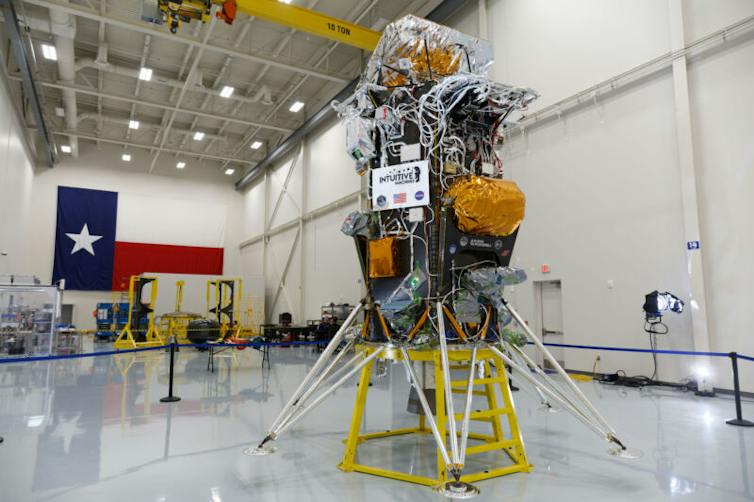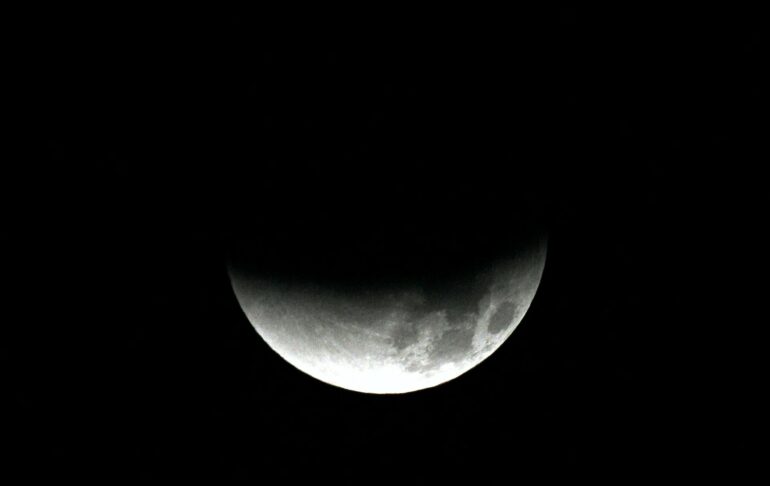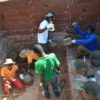For the first time since 1972, NASA is putting science experiments on the Moon in 2024. And thanks to new technologies and public-private partnerships, these projects will open up new realms of scientific possibility. As parts of several projects launching this year, teams of scientists, including myself, will conduct radio astronomy from the south pole and the far side of the Moon.
NASA’s commercial lunar payload services program, or CLPS, will use uncrewed landers to conduct NASA’s first science experiments from the Moon in over 50 years. The CLPS program differs from past space programs. Rather than NASA building the landers and operating the program, commercial companies will do so in a public-private partnership. NASA identified about a dozen companies to serve as vendors for landers that will go to the Moon.
CLPS will send science payloads to the Moon in conjunction with the Artemis program’s crewed missions.
NASA buys space on these landers for science payloads to fly to the Moon, and the companies design, build and insure the landers, as well as contract with rocket companies for the launches. Unlike in the past, NASA is one of the customers and not the sole driver.
CLPS launches
The first two CLPS payloads are scheduled to launch during the first two months of 2024. There’s the Astrobotics payload, which launched Jan. 8 before experiencing a fuel issue that cut its journey to the Moon short. Next, there’s the Intuitive Machines payload, with a launch scheduled for mid-February. NASA has also planned a few additional landings – about two or three per year – for each of the next few years.
I’m a radio astronomer and co-investigator on NASA’s ROLSES program, otherwise known as Radiowave Observations at the Lunar Surface of the photoElectron Sheath. ROLSES was built by the NASA Goddard Space Flight Center and is led by Natchimuthuk Gopalswamy.
The ROLSES instrument will launch with Intuitive Machines in February. Between ROLSES and another mission scheduled for the lunar far side in two years, LuSEE-Night, our teams will land NASA’s first two radio telescopes on the Moon by 2026.

The Intuitive Machines payload getting ready to ship to Cape Canaveral.
Intuitive Machines, Inc
Radio telescopes on the Moon
The Moon – particularly the far side of the Moon – is an ideal place to do radio astronomy and study signals from extraterrestrial objects such as the Sun and the Milky Way galaxy. On Earth, the ionosphere, which contains Earth’s magnetic field, distorts and absorbs radio signals below the FM band. These signals might get scrambled or may not even make it to the surface of the Earth.
On Earth, there are also TV signals, satellite broadcasts and defense radar systems making noise. To do higher sensitivity observations, you have to go into space, away from Earth.
The Moon is what…



